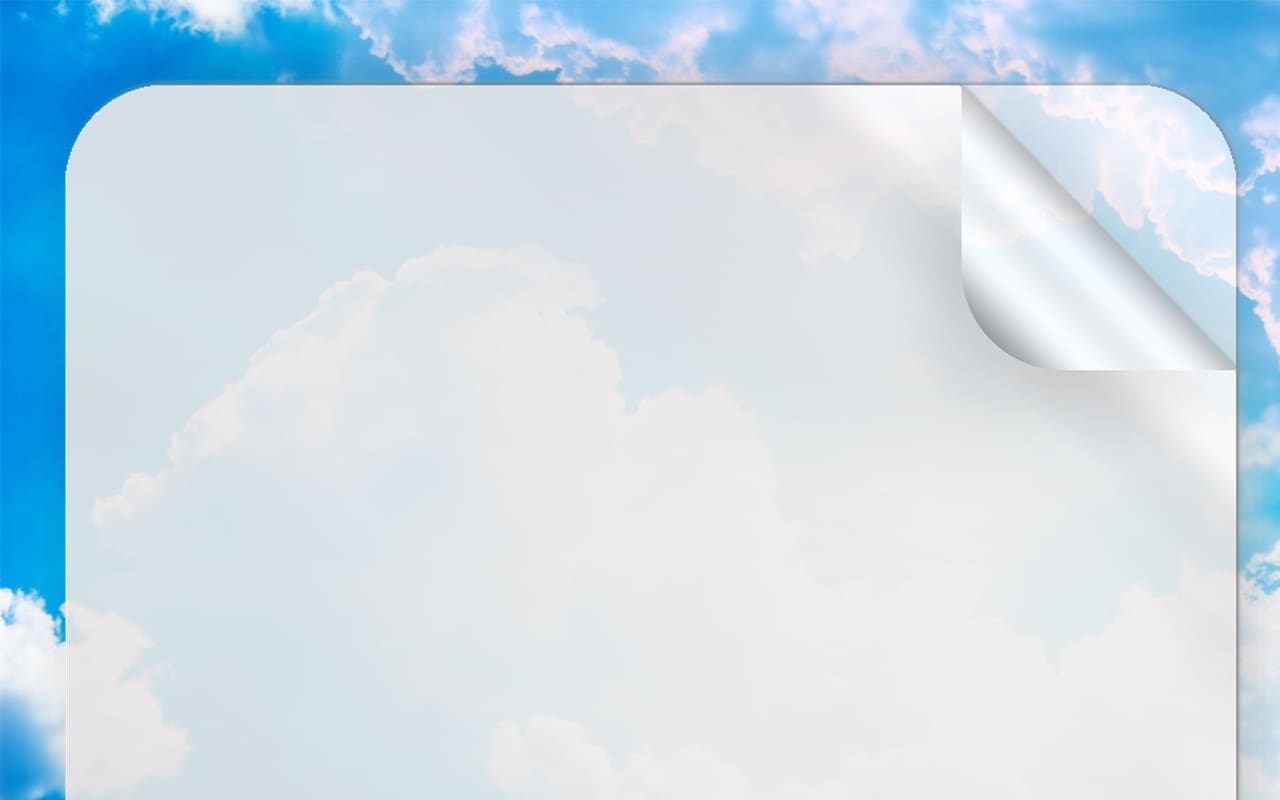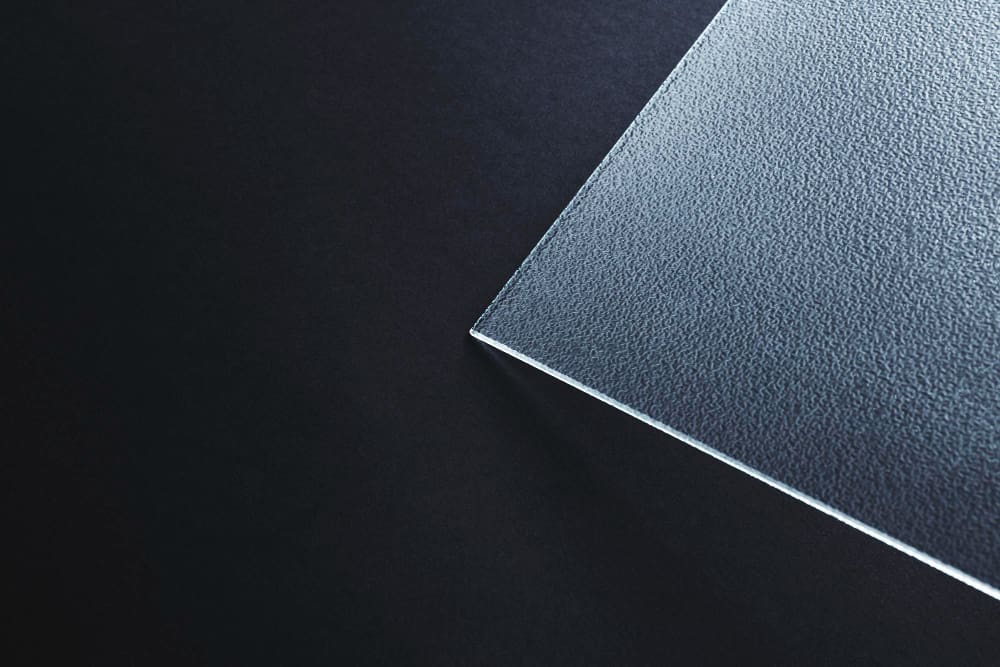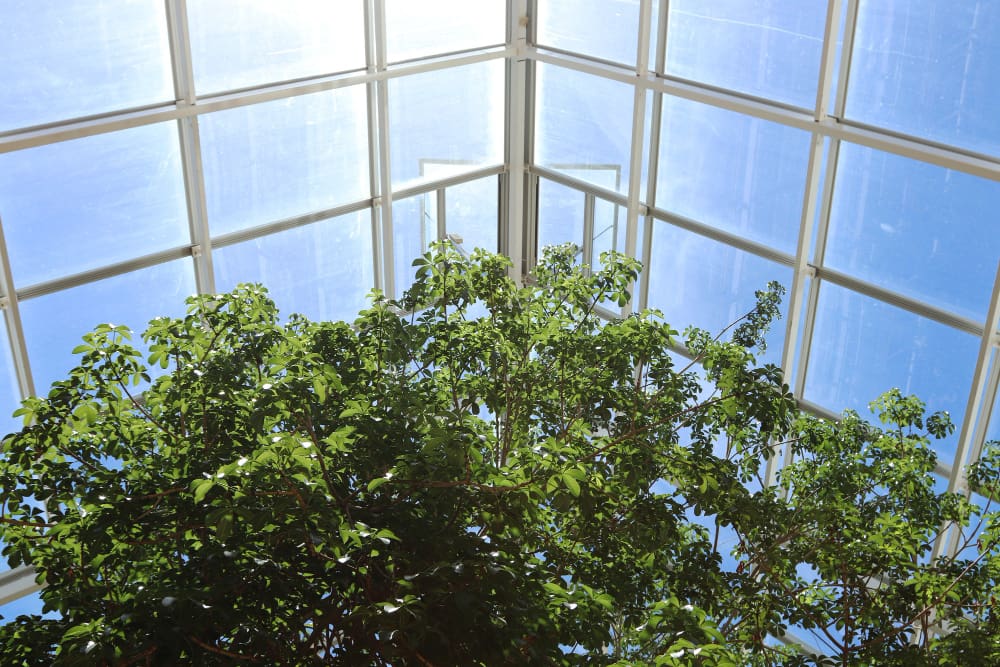
Double Glazing or Laminated Glass
In this installment of our Home Insulation series we look at how laminated glass is an enhancement rather than an alternative to double glazing.
Understanding Double Glazing
Recap of Double Glazing Benefits
As discussed earlier, double glazing offers a range of benefits that make it a popular choice for home insulation. Let’s recap some of these advantages:
Improved Energy Efficiency: Double glazing reduces heat loss and heat gain, leading to more efficient temperature regulation within your home and lower energy consumption.
Enhanced Thermal Comfort: By minimising cold spots near windows, double glazing provides a more comfortable living environment throughout the year.
Noise Reduction: The air or gas-filled gap between the glass panes acts as a sound barrier, reducing external noise infiltration and creating a quieter interior space.
Condensation Control: Double glazing significantly reduces condensation on the interior window surfaces, mitigating the risk of mould and dampness.
Increased Property Value: Homes with double glazing are often more attractive to buyers due to their energy-saving features, potentially boosting the property’s value.
Materials Commonly Used in Double Glazing
To ensure effective insulation and durability, various materials are used in the construction of double glazing units:
Glass: High-quality glass with low emissivity (low-E) coatings is commonly used to minimize heat transfer and improve energy efficiency.
Spacer Bars: The spacer bars around the edges of the glass panes are typically made of aluminum, stainless steel, or composite materials, maintaining the gap between the panes.
Insulating Gas: The space between the glass panes is filled with an insulating gas, such as argon, krypton, or xenon, to further reduce heat transfer.
Sealing Material: Specialised materials ensure the double glazing unit is hermetically sealed, preventing air or gas leakage and ensuring long-term effectiveness.
Understanding Laminated Glass and its Variations
Laminated glass is a versatile type of safety glass that offers various enhancements to double glazing. Let’s explore the different variations of laminated glass and their unique characteristics:
1. Safety Glass:
Safety glass encompasses several options, including toughened, laminated, safety wired glass, or annealed glass with safety film applied to it. These variations are designed to minimise the risk of injury from broken glass and are often mandated in specific installations:
Toughened Glass
Tempered or toughened glass is treated to increase its strength. When broken, it shatters into small, harmless granules, reducing the likelihood of sharp edges and dangerous shards.
Laminated Glass
Laminated glass consists of two or more glass layers bonded with an interlayer, often made of PVB or EVA. The interlayer holds the glass together, preventing it from shattering upon impact.
Safety Wired Glass
Safety wired glass incorporates a wire mesh within the glass to hold it together when broken, adding an extra level of safety.
Annealed Glass with Safety Film
Annealed glass is treated with a safety film that helps hold the glass together in case of breakage, reducing the risk of injury.
Safety glazing is mandatory for new installations within certain heights above the floor in windows and doors. Glazing marked with BS6206 in the corner indicates compliance with safety standards.

The Difference Between Laminated and Toughened Glass
Laminated glass and toughened glass are both types of safety glass, but they differ in their construction and behaviour when broken. While laminated glass holds together when shattered, toughened glass shatters into small, harmless granules. Toughened glass is commonly used in areas where safety is crucial, such as glass doors and shower enclosures. On the other hand, laminated glass is favoured for its additional insulation and UV protection benefits, making it an excellent choice for windows requiring enhanced security and energy efficiency.
Security Glass
Security glass refers to laminated glass or annealed glass with a security film applied to it. When used for security purposes, it is essential to ensure that there is a designated emergency escape route in case of fire or other emergencies.
Low Emissivity Glass or Low-E Glass:
Low Emissivity glass, commonly known as Low-E Glass, is specially designed for use in double glazed windows. It features a transparent metallic coating placed inside the cavity between the glass panes, protecting it from damage.
Low-E Energy Saving Glass aims to insulate your home effectively by minimising heat loss. The metallic coating reflects heat back into the room, rather than allowing it to escape through the window. This improves energy efficiency and helps maintain a comfortable indoor temperature while still allowing optimal amounts of sunlight to pass through.
Self-Cleaning Glass
Among the various enhancements to double glazing, one remarkable variation of laminated glass is the self-cleaning or low-maintenance glass. This innovative glass coating is designed to significantly reduce the need for frequent cleaning and maintenance, offering practical solutions for hard-to-reach glazing and environments with higher exposure to harsh elements, such as marine environments.
Low-Maintenance Coatings
Low-maintenance glass features an invisible coating that fills in microscopic pores and divots on the external face of the glass (face 1). This process creates an exceptionally smooth surface, allowing for easy cleaning and reducing the adhesion of dirt and contaminants. The coating’s presence does not affect the glass panel’s appearance, light transmission, or reflectivity, making it an ideal choice for large glass installations and structural glass roofs.
Benefits of Low Maintenance Glass
The advantages of low maintenance glass are manifold:
1. Reduced Cleaning Frequency
The smooth and durable surface provided by the coating significantly reduces the frequency of cleaning required, saving time and effort.
2. Enhanced Protection
The coating acts as a protective shield for the glass, safeguarding it against potential damage or etching caused by harsh environmental factors, particularly in marine environments where salt in the air can be corrosive.
‘Self-Cleaning’ Glass Misconception
It’s essential to clarify that low maintenance glass is often mistaken for “self-cleaning” glass, which is somewhat misleading. While the coating greatly reduces the need for regular cleaning, occasional cleaning may still be required. However, the glass units are easier to clean, resulting in shorter cleaning times overall.
Ideal Applications
Low maintenance glass finds its ideal applications in environments where cleaning can be challenging or where exposure to additional chemicals in the atmosphere may leave deposits on the glass surface. For projects in marine environments or near internal pools with elevated chemical levels, incorporating low-maintenance glass is highly recommended to ensure the glass remains pristine with minimal effort.
Glass Roof Structures
When considering low maintenance glass for glass roof structures, it is advisable to have a minimum glass roof pitch of 25 degrees. This pitch ensures optimal water runoff, assisting in maintaining the glass surface’s cleanliness and reducing the buildup of dirt and debris.
Incorporating low maintenance glass as part of double glazing solutions elevates the overall performance of windows, particularly in challenging environments. Its ability to reduce cleaning efforts and provide added protection for the glass makes it a valuable choice for modern architectural designs seeking to combine aesthetics with practicality and ease of maintenance.
The variations of laminated glass and their uses provide homeowners with choices to tailor their window solutions to meet specific safety, security, and energy efficiency needs. Combining double glazing with the appropriate laminated glass type enhances the overall performance of windows, creating a safe, energy-efficient, and comfortable living environment.

The Synergy: Double Glazing with Laminated Glass
As we’ve highlighted, laminated glass is not an alternative but rather a valuable enhancement to double glazing. When combined, the synergy of double glazing with laminated glass provides an array of benefits:
Enhanced Safety
The presence of laminated glass in double glazed units adds an extra layer of protection, reducing the risk of injury from shattered glass.
Improved Energy Efficiency: Energy-efficient laminated glass optimizes the insulation capabilities of double glazing, contributing to greater energy savings and improved indoor comfort.
Enhanced Noise Reduction
Soundproof laminated glass further enhances double glazing’s noise reduction capabilities, creating a tranquil living environment.
UV Protection
UV-blocking laminated glass protects furnishings and interiors from fading, preserving their quality and longevity.
Understanding the different variations of laminated glass allows homeowners to tailor their window solutions to meet specific needs. Whether it’s safety, energy efficiency, sound insulation, or UV protection, combining double glazing with the appropriate laminated glass variation enhances the overall performance of windows, ensuring a comfortable and secure living space.